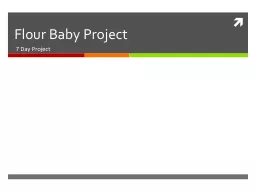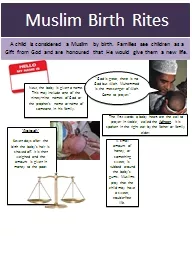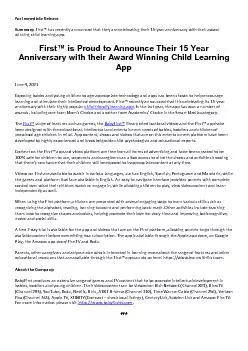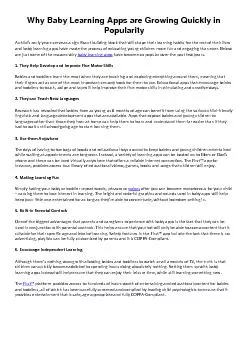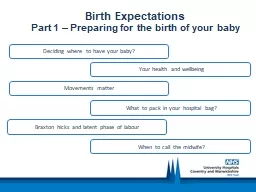PPT-The Baby is Coming! Unanticipated Birth in the Rural ED
Author : josephine | Published Date : 2022-06-01
SJRH ED Rounds June 8 2021 By Dr Robin Clouston 1 Local context Sussex 45 min from Saint John St Stephen 1h 5 min from Saint John Inclement weather decreases
Presentation Embed Code
Download Presentation
Download Presentation The PPT/PDF document "The Baby is Coming! Unanticipated Birth ..." is the property of its rightful owner. Permission is granted to download and print the materials on this website for personal, non-commercial use only, and to display it on your personal computer provided you do not modify the materials and that you retain all copyright notices contained in the materials. By downloading content from our website, you accept the terms of this agreement.
The Baby is Coming! Unanticipated Birth in the Rural ED: Transcript
Download Rules Of Document
"The Baby is Coming! Unanticipated Birth in the Rural ED"The content belongs to its owner. You may download and print it for personal use, without modification, and keep all copyright notices. By downloading, you agree to these terms.
Related Documents






